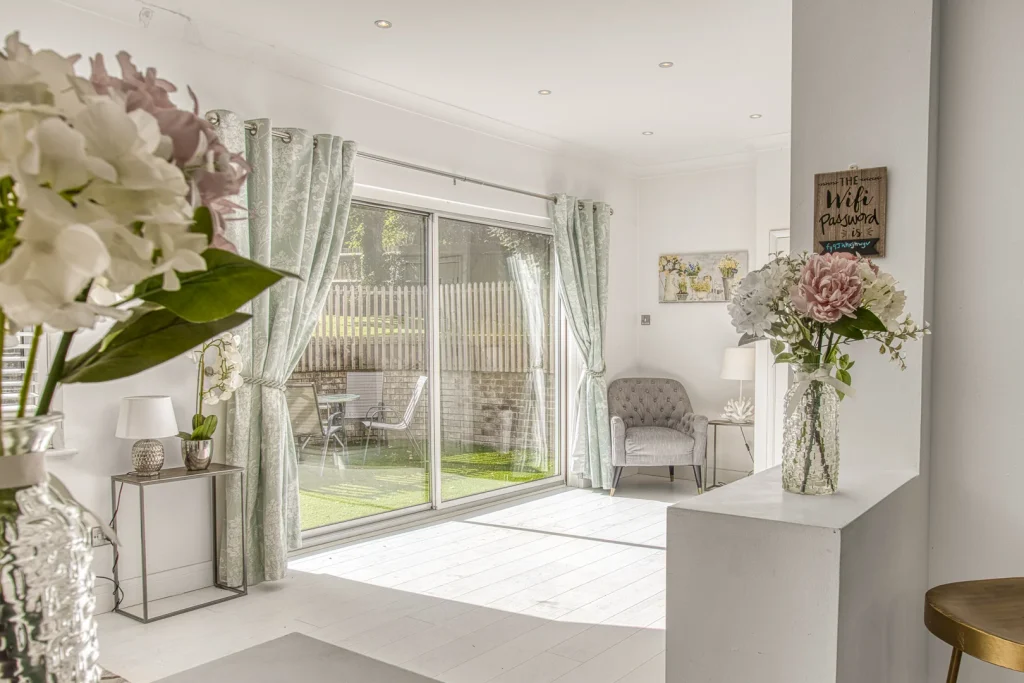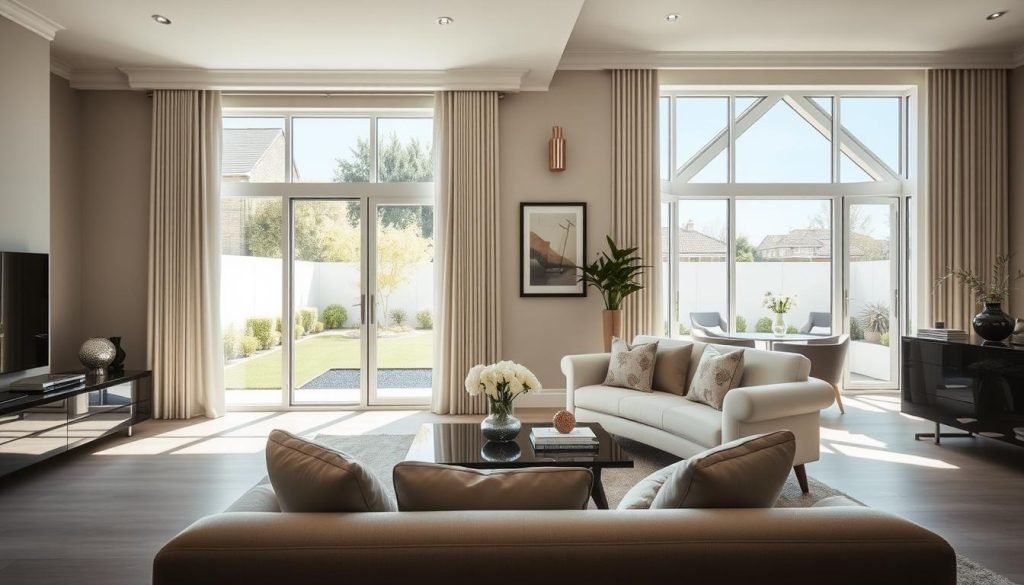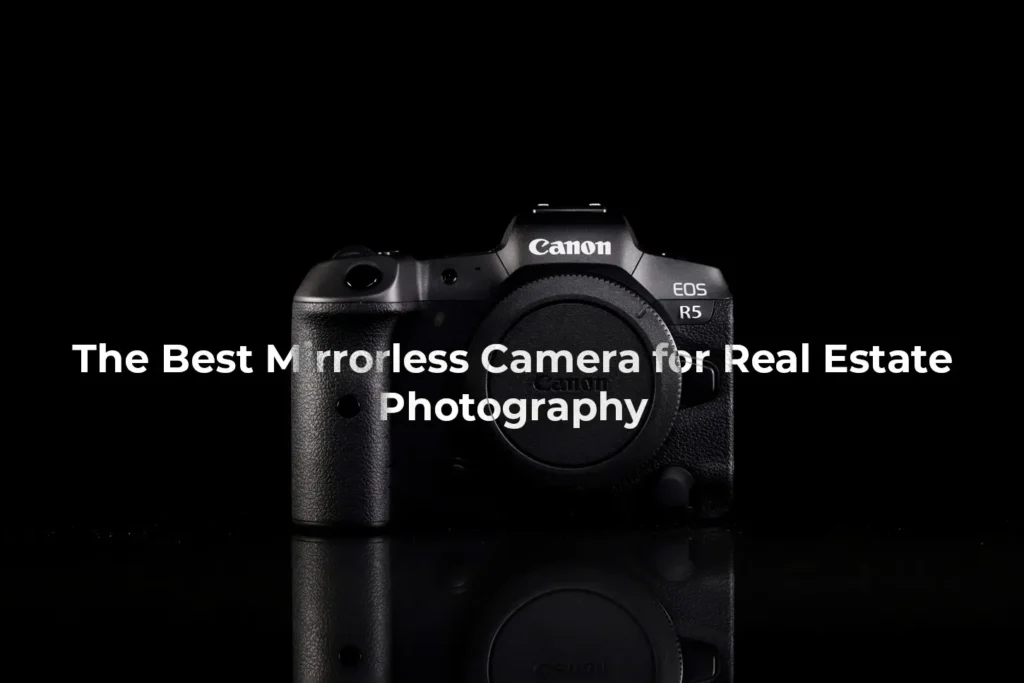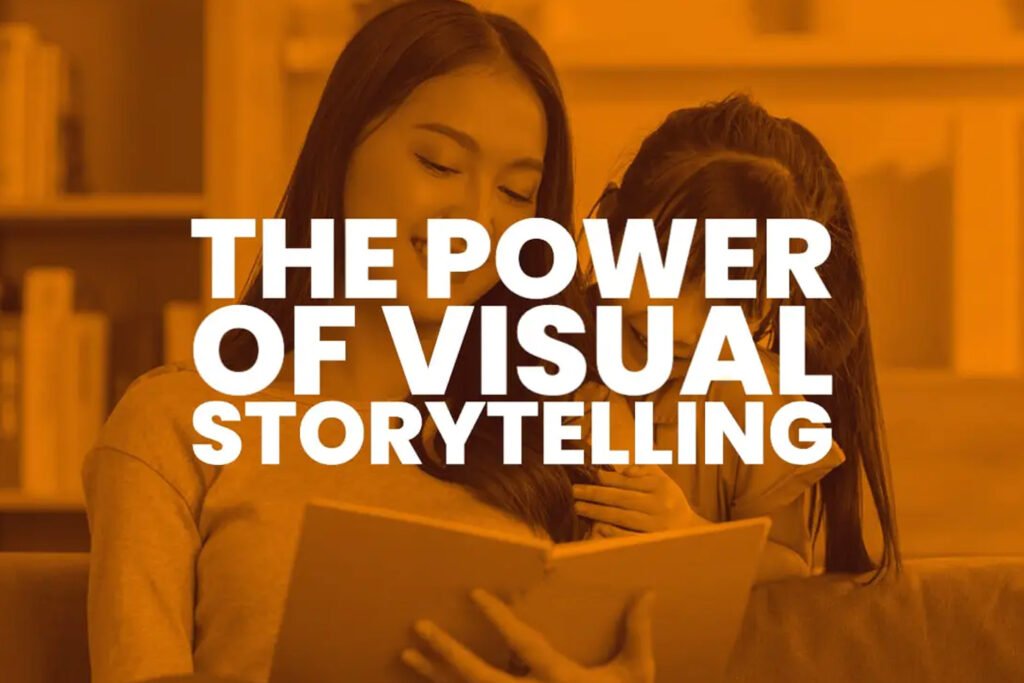The Impact of High-Quality Photos on Property Value and Perception
A huge 95% of homebuyers find high-quality photos very important when looking for a home1. This shows how vital property value and perception are in the real estate world. Photos of high quality can make a property seem up to 20% more valuable1. This makes them key for marketing properties. With more homes being listed online, the first impression photos give is critical. It can decide whether a sale happens or not. This shows how important good photos are in shaping a buyer’s view of a property. Properties with professional photos get 61% more views than those without.1 Listings with top-notch images sell 32% faster than those with poor photos1. Professional real estate photography costs between £99 and £500, based on the property’s size and location1. This is a smart investment for sellers wanting to boost their property’s appeal and value. Key Takeaways High-quality photos can increase perceived property value by up to 20%1 95% of homebuyers consider high-quality photos to be very important when searching for a home.1 Properties with professional photography receive 61% more views than those without.1 Listings with high-quality images can sell 32% faster than those with lower-quality visuals1 The average cost of professional real estate photography ranges from £99 to £5001 High-quality photos can make or break a sale in the competitive real estate market Investing in professional real estate photography can lead to faster sales and higher property values To find out more about how high-quality photos affect your property’s value and perception, visit our website. Book a consultation today: https://order.exfstop.com/order/exquisite/exquistie-order-page Understanding the Power of First Impressions in Property Marketing In property marketing, first impressions are key. Buyers often decide on a property based on online photos. High-quality photos can make a property look great, standing out from others. The second source says good pictures are vital for vacation rentals, showing off the best features and boosting bookings2. Professional photography is essential for property marketing. It creates stunning visuals that grab buyers’ attention. Properties with great photos sell 32% faster than those with poor images.2 Also, listings with professional photography get 61% more views than those without.2 What makes a good first impression? Here are some key points: High-quality photos that show off a property’s best sides Compelling descriptions that highlight what makes the property special Details like tidy landscaping and well-kept exterior fixtures By using professional photography and showing a property at its best, sellers can attract more buyers and increase sales.2 How Initial Visual Impression from Online Property Photos Influence a Buyer’s Decision Making The first look at online property photos can really sway a buyer’s choice.3 Bad photos can turn them off, while good ones can make a property shine. Studies show homes with top-notch photos get 118% more online views than those with poor ones.3 Online photos are key in a buyer’s decision. They give a first glimpse of the property. Good photos can boost a property’s value by up to 20%4. Also, listings with pro photos get 61% more views than those without.4 What makes a good first impression from online photos includes: High-quality images that highlight the property’s best points Photos that are well-lit and staged to feel welcoming Accurate and detailed shots of the property’s condition and layout Investing in top-notch online photos can help sellers attract more buyers. This can lead to selling the property for a better price.4 As the saying goes, “a picture is worth a thousand words,” and it’s true for online property photos3. Our Research Methodology and Data Collection Process We studied how good photos affect property value and how people see them. We looked at professional photography, virtual tours, and AI editing. These tools make stunning visuals that grab the attention of buyers5. We also saw how they shape a buyer’s choices, with 92% using online tools5. We collected data from online listings, social media, and real estate sites. We found that good photos get 47% more views than regular ones.5.This shows how key visual content is in marketing properties. Also, homes with pro photos sell 32% faster than those without.5 We analyzed the data using stats and content analysis. Our results show that top-notch photos and virtual tours boost engagement and inquiries5. Also, 61% of agents think good images raise property value perception5. This underlines the need for pro photography in marketing. Our research aimed to uncover the role of quality photos in property value and perception. By examining the data, we found important trends for marketing strategies. As the third source notes, selling a home is a big deal. It’s both thrilling and scary, making pricing, staging, and marketing key. Conclusion: The Investment Value of Professional Property Photography The value of professional property photography is huge. With more homes sold online, good photos are key to grabbing attention. They help a property stand out.6 Photos taken by pros get 61% more views than amateur shots6. Homes with professional images sell 32% quicker than those without.6 Investing in professional property photography can make a property seem 20% more valuable6. It can also get a 10% to 15% price boost with HDR photos6. 360-degree tours and aerial shots will be key in property marketing by 20257. Buyers want to feel like they’re there. High-end photo editing will attract serious buyers7. Mobile devices are changing how we take and edit photos. Apps will soon offer easy enhancements and virtual staging. This will make listings even more appealing7. Investing in professional property photography can lead to faster sales and higher prices. It’s a smart investment for property owners. To learn more about Exquisite’s services, visit our booking link. FAQ What is the impact of high-quality photos on property value and perception? High-quality photos are key in real estate marketing. They are the first thing people see online. Good photos can make a property look appealing and stand out. On the other hand, bad photos can give a negative impression. This can scare off possible buyers. How do initial visual impressions from online property photos influence
The Impact of High-Quality Photos on Property Value and Perception Read More »










